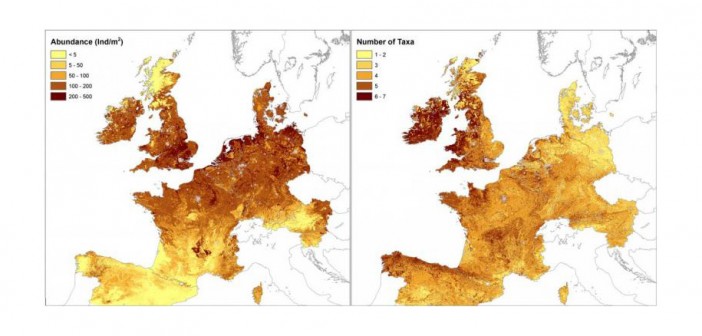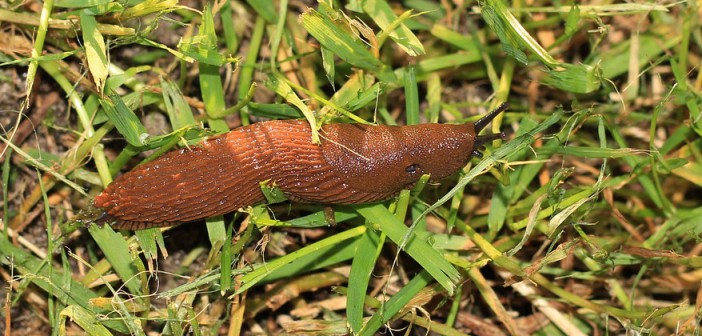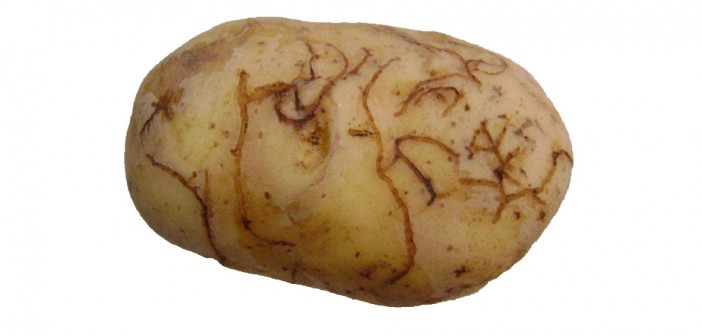Supermarket Morrisons and Amazon have announced a new supply agreement which will see hundreds of Morrisons products made available to Amazon Prime Now and Amazon Pantry customers.
According to the retailer, it will provide a wholesale supply service to Amazon, allowing Amazon’s customers access to a wide range of Morrisons ambient, fresh and frozen products.
In a statement, Morrisons said, ‘We are focused on our six priorities to make the supermarkets strong again. In addition, we have an opportunity to build a broader business that complements our supermarkets and is consistent with our commitment to pursue capital light growth. Wholesale supply enables this by growing volumes and leveraging our manufacturing, distribution and wholesale capabilities.’
David Potts, Morrions Chief Executive, commented, “Today’s agreement is built on Morrisons unique strengths as a food maker. The combination of our fresh food expertise with Amazon’s online and logistics capabilities is compelling. “This is a low risk and capital light wholesale supply arrangement that demonstrates the opportunity we have to become a broader business. We look forward to working with Amazon to develop and grow this partnership over the coming months.”
In addition, Morrisons has been in discussions with Ocado to grow Morrisons.com and has agreed in principle to take space in Ocado’s new Customer Fulfilment Centre Erith, while Ocado delivers a store pick solution for Morrisons.

Photo Credit: Wikipedia Commons
The post Morrison’s and Amazon sign supply agreement appeared first on Hort News on 3 March 2016.








